Erick Conard's Lucky Hit Ranch:
Anatolian Page
|
|
Cougars are big. How do you think a 40-45 pound coyote (average sized male) would fare with this mule? I got my first horse in 1952 and have owned horses ever since. I've lived in Eastern Colorado, West Texas, and Central Texas. Most of the places I've lived have had an abundance of coyotes. Our horses were kept in the pasture to foal naturally... not in barns or stalls, so the mares were out there with all the predators. I was NEVER worried that a coyote might hurt one of my foals - I knew that the mare would protect her foal. The idea that a coyote could hurt an adult horse in good health makes me laugh. One strike of the hoof, one well placed kick, one serious bite and the coyote is history! At least, that is my opinion! While I love my Anatolians, I don't believe my Anatolians are required to protect my horses from coyotes. Anatolians were raised and selected for thousands of years to guard sheep and/or goats. Correct Anatolian working responses are always those behaviors required by sheep and/or goats. Sheep and/or goat responses are frequently quite different than responses needed by other domestic animals. Seeing how an Anatolian interacts with horses, cattle, llamas, and poultry can be useful in determining an Anatolian's overall livestock guardian ability, but not essential in making that determination. For example, when I moved my llamas and my incredible working Anatolian, Conard's Tawny Kat (TAWNY) from Elgin to Lucky Hit Ranch, I saw how important it is that an Anatolian understands when to change behaviors to match the livestock with whom they are dealing. My neighbor had an aggressive mule. When I walked across the pasture to visit my neighbor, I had Tawny accompanied me. Tawny co-existed with several horses in my pasture with her llamas and goats. When the mule saw Tawny, he moved toward her aggressively and she dropped to the ground to demonstrate that she wasn't a threat, a perfect response for sheep and/or goats. However, the mule didn't care and viscously struck her head with his foreleg! Tawny's lightening reactions saved her from a death blow but she did receive a glancing blow to the head! Her immediate response to this unprovoked attack was to leap forward and bite his nose, creating a slit down his nose! The mule ran off. A young Anatolian most likely would not have returned the mule's aggression with greater aggression, like my adult Anatolians do to stop the attack. A passive response might have resulted in a dead Anatolian pup!!! So I keep my Anatolian pups on a lead in pastures with larger animals (horses and cows) until the Anatolians are about 6 months old. Before releasing them, I want to ensure that both the pup and the animals are comfortable with each other and that the pup understands the different behaviors required for that animal! Of course, if the owner doesn't have the animals to evaluate their pups' working responses and abilities, they are unable to truly evaluate their Anatolians' livestock guardian ability! Serious Anatolian breeders interested in Anatolian breed preservation have done the work to create an environment in which the true nature of their Anatolians is revealed. The only environment that can and will reveal an Anatolian's level of livestock guardian ability is a predator rich enviornment in which the Anatolian protects sheep and/or goats 24/7! Without this environment, an Anatolian's working ability is only guess-work! Health testing and show wins alone are the smallest part of breed preservation, since the essence of the Anatolian lies in the dog's ability to successfully protect their sheep and/or goats in a predator rich environment! Anatolians who have proven they have superior livestock guardian abilities contain the MOST IMPORTANT GENETICS required in Anatolian Breed Preservation! |
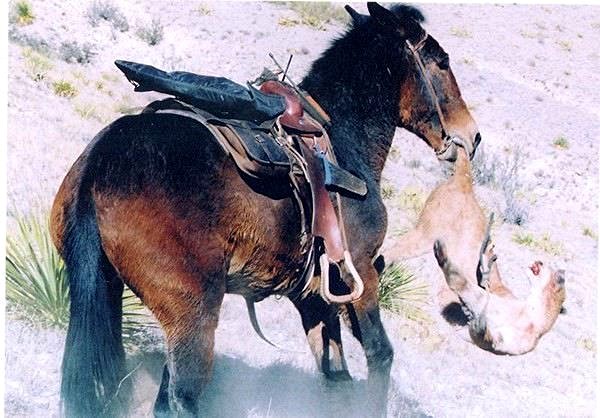
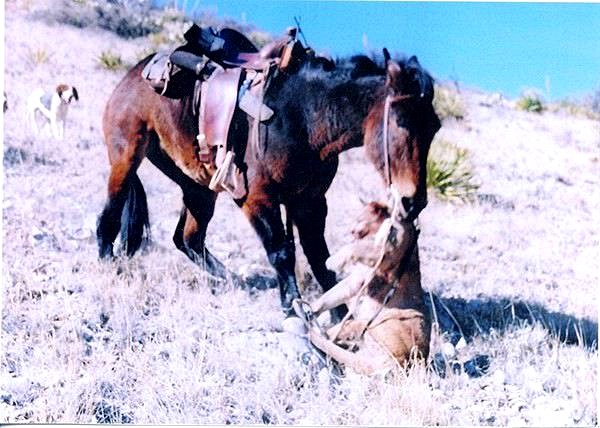
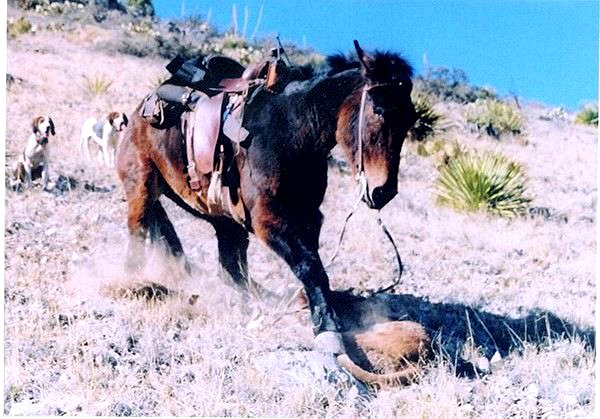
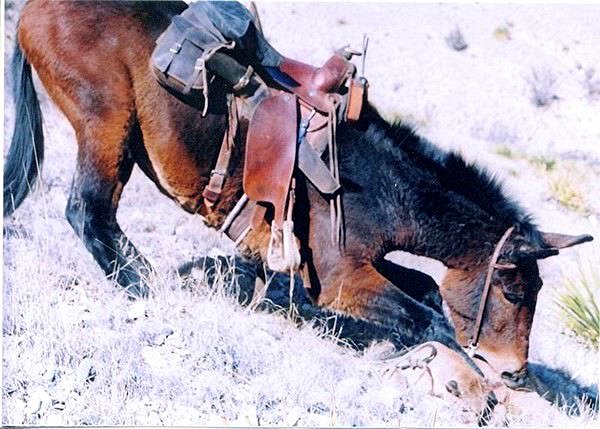
 and Phone Numbers Link
and Phone Numbers Link
 Click Picture For Overview of Our Dogs - Past and Present - Page
Click Picture For Overview of Our Dogs - Past and Present - Page
 Click Picture For Anatolian Main page
Click Picture For Anatolian Main page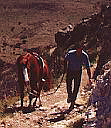 Click Picture For Lucky Hit Main Home Page
Click Picture For Lucky Hit Main Home Page